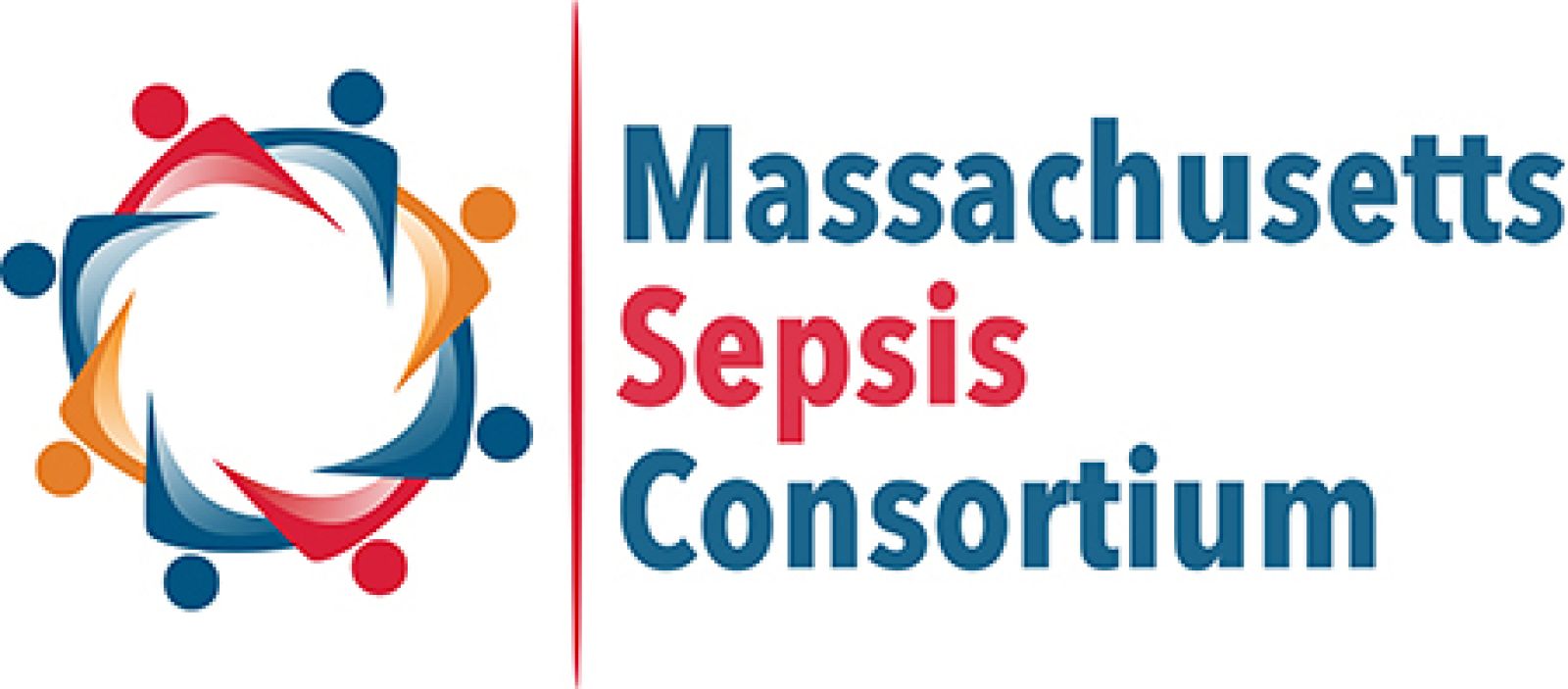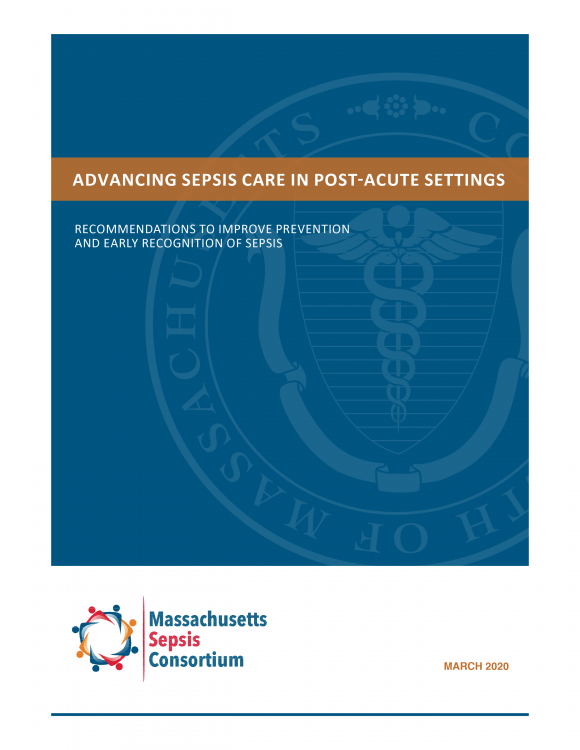Massachusetts Sepsis Consortium offers new resources for post-acute care providers
Sepsis is a leading cause of hospitalization and death in Massachusetts, and patients receiving post-acute care are among the most vulnerable. With cases of the novel coronavirus, COVID-19, also on the rise across the state, infection prevention and early recognition of subtle changes in a patient’s health are even more pressing.
To address the challenge of spotting sepsis in patients in long-term residential or other post-acute settings, the Massachusetts Sepsis Consortium offers new recommendations and a toolkit to encourage the use of evidence-based best practices to prevent infection, screen patients and escalate care promptly when necessary.
Key takeaways
The problem
Patients in post-acute care are vulnerable to sepsis, and the signs they display indicating the condition may be subtle.
The background
Sepsis is a leading cause of death and disability in Massachusetts, and more than half of sepsis patients require post-discharge care either at home or in a nursing facility.
Key takeaways
The solution
The Massachusetts Sepsis Consortium offers organizations evidence-based recommendations and tools for prevention and early recognition of sepsis among post-acute patients.
The future
Provider organizations will train staff members and clinicians to address early signs of infection and sepsis promptly and provide patients and families with information and support.
These new resources were compiled by the Consortium’s Post-Acute Sepsis Steering Committee, whose members reflect the diversity of organizations, practices and agencies that provide care across the post-acute continuum. They include assisted living facilities, adult day health and other community-based programs, home health and hospice workers, nursing facilities, inpatient rehab and long-term acute care hospitals and others.

To improve prevention and early detection of sepsis, the Consortium recommends that all organizations in the post-acute continuum:
- Provide educational materials to staff and emphasize the importance of preventing sepsis.
- Adopt policies regarding clinically appropriate vaccinations for patients and staff.
- Adopt an evidence-based tool to assess changes in a patient’s health status.
- Have a system in place for notifying a supervisor if a staff member notices a change in a patient’s health status.
- Share materials about sepsis with patients and their families.
- Establish a mechanism for prompt escalation of care and, when appropriate, to stabilize and transfer patients to higher levels of care.
- Develop a strategy for appropriate hand-offs and communication for patients with sepsis.
In addition, post-acute providers with capacity to begin treatment of sepsis should:
- Adopt an evidence-based treatment protocol, with time-specific treatment goals, for clinicians to follow when sepsis is suspected.
- Provide regular education and training for staff on the sepsis protocol.
- Give sepsis patients and their families materials about the condition so they know what it is and what to expect.
An online toolkit accompanying the recommendations includes evidence-based resources for putting the recommendations into action and overcoming barriers to an improved response to sepsis.
Direct care givers are often the first to notice early signs of sepsis
Most patients in post-acute care — those with multiple chronic conditions, individuals over the age of 65 and medically fragile children — are at higher than average risk of developing sepsis.
The Consortium’s recommendations stress the important role staff members, especially those who interact with and care for patients directly, can play as sentinels for changes in the patient’s condition, which are often subtle but critical signals of early sepsis.
In a survey performed by the Post-Acute Sepsis Steering Committee to inform its work, 88% of 53 direct care givers currently working in home health agencies or skilled nursing facilities felt confident in their ability to observe that a patient’s condition had worsened. Eighty-nine percent were sure their supervisor would pay attention to the report of a change in condition and follow up appropriately. Forty-seven nurses completed a similar survey, with similar results.
A second survey by the Committee assessed the current state of sepsis readiness among post-acute provider organizations. Many of the 129 organizations that responded had programs in place for training staff members and screening patients for sepsis, but only 23% reported having guidelines for providers to follow when patients meet the screening criteria. Organizations were asked to rank current barriers to improving sepsis care and preferred resources and tools for staff training.
Challenges organizations report facing when implementing new practices in sepsis care
Post-acute care for patients recovering from sepsis is critical
In addition to preventing and addressing new cases of sepsis, post-acute providers often care for patients recovering from sepsis, many of whom require lengthy and complex care. Sepsis survivors — slightly more than half of whom receive post-discharge care either at home or in a nursing facility — are 1.5 times more likely to be readmitted than other patients. In Massachusetts, sepsis is the top diagnosis among readmitted patients.
The Consortium’s toolkit includes aids to help facilities work directly with patients and family members on aspects of post-sepsis care. It also includes resources for guiding patients and family members through advanced care planning. While important for all individuals, conveying goals, values and preferences in case of acute illness is particularly relevant for patients in post-acute care, many of whom are older adults, and all of whom are at increased risk of sepsis and other serious infections and conditions.
Practical resources offer assistance at a time of heightened concern
“The work of the Steering Committee will help our members navigate the challenges associated with caring for patients who are at risk of developing sepsis,” said Helen Magliozzi, Director of Regulatory Affairs at Massachusetts Senior Care Association, which represents nearly 400 nursing and rehabilitation facilities, assisted living residences, residential care facilities and continuing care retirement communities. “Especially at this time of heightened concern about infection, these practical resources offer another tool in our toolbox as we strive to provide the best, safest care to our residents.”
Related readings
- Five Questions with Eric Reines, M.D., a member of the Post-Acute Sepsis Steering Committee
- The Sepsis Consortium’s recommendations and toolkits for emergency medicine providers
- Patient Safety Beat, Special Issue: Sepsis Awareness Month
